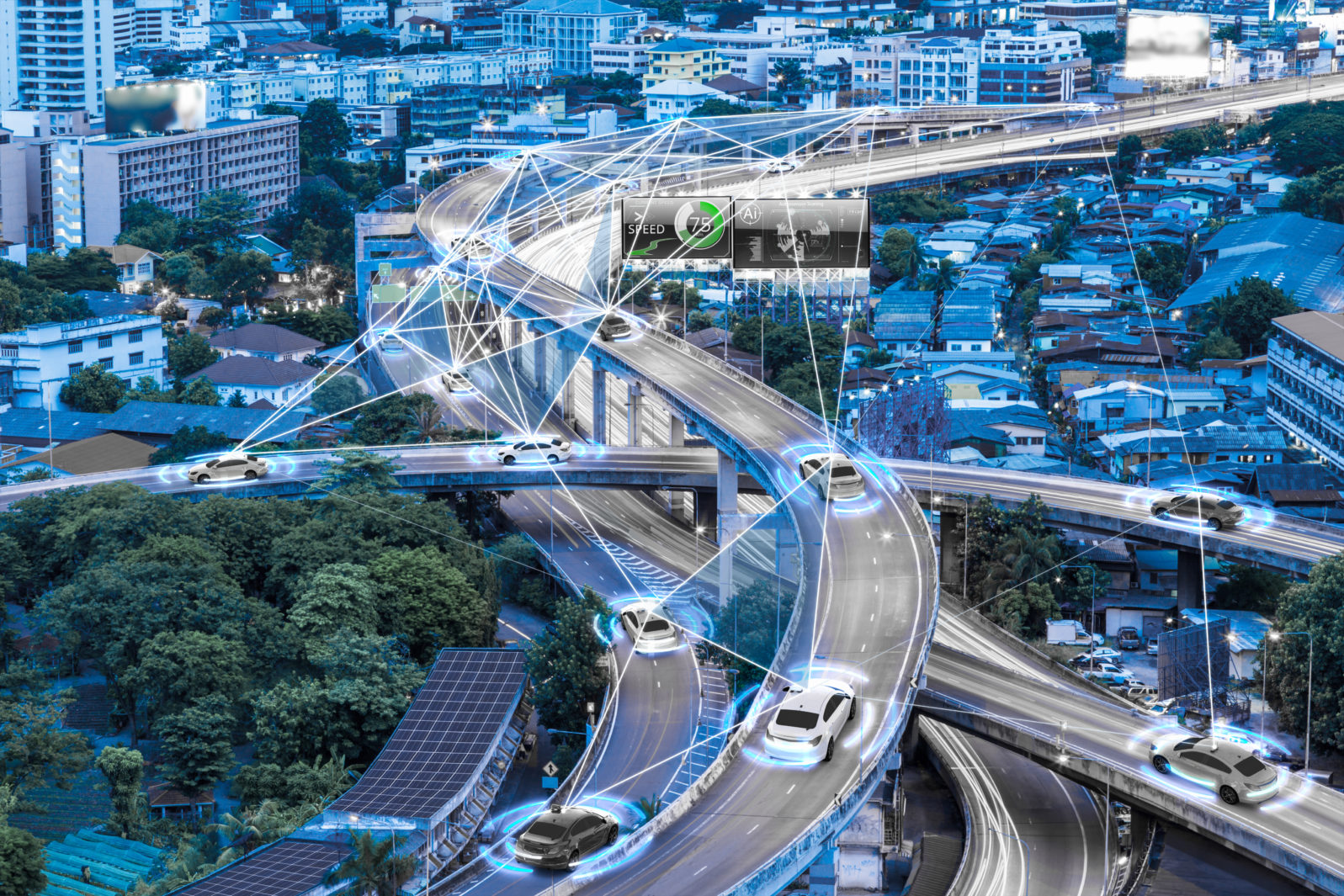Nissan Develops Autonomous Taxi Service in Japan
Nissan recently chose to advance their pursuit of an autonomous vehicle by developing a taxi service to work in limited locationsOne of the quieter players in the development of autonomous technology over the last decade has been Nissan. They originally announced the development of their autonomous technology in 2013, claiming that it would be fully ready to bring to market by 2020.
While Nissan had a more realistic timeline than other companies touting autonomous development, it fell prey to the same failure to realize the actual complications that are inherent in truly autonomous scenarios. A graphic developed by Nissan in 2017 (shown below) shows the naïveté that was rampant during that time period. Nissan imagined that there were four stages to the development of autonomous vehicles— (1) single-lane highway, (2) multi-lane highway, (3) city driving, and then (4) full autonomy.

The problem, as we have noted before, is that this is not a linear development, especially if SAE Level 5 autonomy(handles all driving situations) is the end-goal. City driving is not just a little more complicated than multi-lane highway driving, it’s a whole different job. Many, then, view full autonomy as just polishing off all of the edge cases. But these edge cases can require an entire redesign. What happens for road blockages? What happens in inclement weather? What happens when a sensor is damaged or malfunctions? What happens if a driver is going the wrong way on a one-way street? Each one of these edge cases (including all the ones not stated) is likely as difficult as developing multi-lane highway technology. And all of them are packed in the transition from step 3 to step 4.
The way that successful autonomous services have handled this problem so far is by aiming for SAE Level 4 autonomy instead of Level 5. Level 4 means full autonomy, but only in restricted locations and/or situations. This generally works by a company developing a taxi service, then picking out a location that is “easy enough” for their software to handle, and only operating the service when weather and road conditions can be accounted for. Some (possibly all) services also include remote safety drivers that can take over if the vehicle encounters a situation that it is not programmed for.
This appears to be the route that Nissan has taken recently. While they have offered ProPilot to Nissan drivers as a driver assistance program since 2016, in 2017 they also began working on an autonomous taxi service in Japan called Easy Ride with partners DeNA and NTT DoCoMo. Easy Ride started more expansive public field tests of its automated taxi dispatch service in Yokohama on September 21st, according to the company.
Interestingly, the partnership with DoCoMo seems to indicate an interesting design choice. Two years after partnering with DeNA to build the autonomous vehicle, Nissan partnered with DoCoMo to develop I2V, a way to add “smart infrastructure” to existing roads—giving the roads themselves the ability to communicate conditions to the vehicles. Presumably, this technology is part of what enables Easy Ride to work as well as it does. This move to intelligent infrastructure was presaged by technologist William Dembski, who said that autonomous developers facing tough dilemmas on how to get a driverless vehicle will wind up skirting the problem by deciding to “just reconfigure the driving environment so that dicey situations in which human drivers are needed never arise.” In other words, add intelligent infrastructure to assist the driverless vehicles.
But even with the advanced technology and the intelligent infrastructure, the service still faces a lot of limitations. While the service is impressive, the Nissan director of research admits that it has significant limitations with complicated areas. Doi states, “Unfortunately, complicated areas have customers.” Additionally, even the latest promotional videos from Nissan appear to still include a safety driver in the front seat. The website hints that remote safety drivers will be available even into the future, saying, “no driver, but have no fear—24-hour monitoring by our control center.”
So, while gains are impressive, true autonomous technology still has quite a long ways to go.
